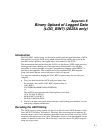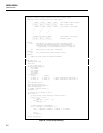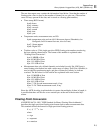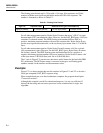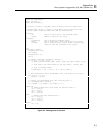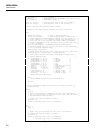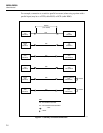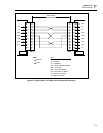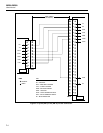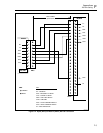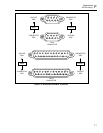F-1
Appendix F
RS-232 Cabling
Introduction
This appendix details the RS-232 cabling between the instrument and a PC, instrument
controller (Fluke 17XXA series), printer, or modem. All connections can be made using
the Fluke RS-series of cables (see Options and Accessories in Chapter 1). RS-232 cables
should not exceed 50 feet (15 meters) although longer cables are permitted if the load
capacitance measured at a connection point (including signal terminator) does not
exceed 2500 picofarads. The Fluke RS cables are 6 feet (1.83 meters) in length.
Connections
Figure G-1 summarizes the cable requirements for all typical RS-232 connections;
Figure G2 through G6 summarize instrument cabling diagrams; Figure G7 shows the pin
arrangement for DB-9 and DB-25 connectors. There are two wiring schemes (modem
and null-modem), two types of connectors (DB-9 and DB-25), two cable end conditions
(male and female), and two equipment configurations (Data Terminal Equipment [DTE]
and Data Communications Equipment [DCE]). Because of variations in RS-232
connectors, it is not possible to identify all possible configurations. In this application,
“null-modem” refers to a reversing of the following lines; receive (RX) and transmit
(TX), data terminal ready (DTR) and data set ready (DSR), and request to send (RTS)
and clear to send (CTS). Not all interfaces use all lines. Check the documentation for the
equipment you are interfacing with the instrument.
Cables
The Fluke RS-series of RS-232 cables are in the following standard configurations:
• RS40 - Null modem with DB-9/female and DB-25/female connectors
• RS41 - Modem with DB-9/female and DB-25/male connectors
• RS42 - Null modem with DB-9/female and DB-25/male connectors
• RS43 - Null modem with DB-9/female and DB-9/female connectors
Cables from other sources may be used, or cables can be fabricated based on the figures
in this appendix. The RS40 and RS42 cables are identical, except for the DB-25
connectors (female and male, respectively). Some interfaces allow a selection of cables.





